Theatre and Performance Notes and Counternotes
With Volume 1 (both Issues 1 and 2) already scheduled to be published by Penn State University Press starting in 2024, Theatre and Performance Notes and Counternotes is a generalist journal in theatre studies (broadly defined), consisting of short-to-medium length research articles, response articles, and discussion articles.
The journal operates via rolling submissions, so there is no specific deadline to submit your article (though newly-accepted articles will appear in 2025 or later). Currently, the journal is especially keen on receiving “Responses” / “Response articles.”
To submit a manuscript to Theatre and Performance Notes and Counternotes (TPNC), please visit Editorial Manager (https://www.editorialmanager.com/tpnc/default.aspx). The online system will guide you through the steps to upload your article to the editorial office. Except in response or discussion articles in which the identity of the author is appropriate and/or required, in order to undergo the journal’s double-blind peer-review process, all articles should (1) be anonymized, (2) be between 1,500-4,000 words, and (3) conform to the latest edition of The Chicago Manual of Style.
Research articles
Original research articles can range from focused notes to medium-length articles. Articles can be on any subject(s) in the broadly-defined field of theatre studies, but the scope, ambition, and thesis should be appropriate to the length of the submitted article. Though shorter in length, research articles should still actively participate in scholarly conversations.
Discussions
Discussion articles can offer proposed solutions and/or problematize specific ideas related to, or emerging from, conversations or debates within the field. Discussions can also serve as a place to crystalize conversations or debates in the field, or to bring seemingly-disparate ideas into a more coherent conversation.
Responses
Response articles are, most often, directed at either the theses of a specific scholar(s) and/or a specific conversation or debate within the field. Often, responses engage directly with the strengths and weaknesses of particular theses or broader ideas in the field in order to either strengthen, modify, or challenge these theses/ideas. The aim of these responses is not to create debates or arguments (and, certainly, never arguments or attacks of a personal nature) but to move the field to a clearer and more accurate understanding of the subject at hand. These response articles can also provide a space to revisit and/or modify one’s own previously-published ideas.
Finally, if you would like to discuss the possibility of proposing and/or curating a “Symposium” consisting of 3-4 related discussion and/or response articles, please send an email to the Editor of Theatre and Performance Notes and Counternotes, Prof. Michael Y. Bennett bennettm@uww.edu.
